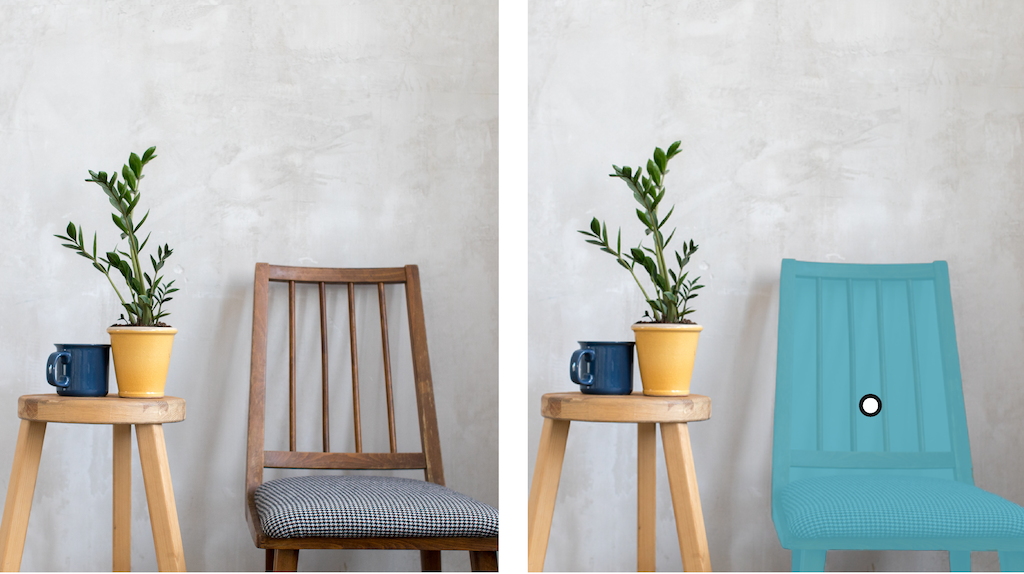
The MediaPipe Interactive Image Segmenter task lets you divide an image into two regions: a selected object and everything else. The task takes a location in an image, estimates the boundaries of an object at that location, and returns image data defining the area of the object. You can use this task to interactively select an object in an image and use the output to apply effects to the image, such as color overlays highlighting the object or blurring the background around it. This task operates on image data with a machine learning (ML) model and you can use it on single images, video files, or a continuous video stream.
Get Started
Start using this task by following one of these implementation guides for your target platform. These platform-specific guides walk you through a basic implementation of this task, including a recommended model, and code example with recommended configuration options:
- Android - Code example - Guide
- Python - Code example - Guide
- Web - Code example - Guide
Task details
This section describes the capabilities, inputs, outputs, and configuration options of this task.
Features
- Input image processing - Processing includes image rotation, resizing, normalization, and color space conversion.
| Task inputs | Task outputs |
|---|---|
|
Interactive Image Segmenter outputs segmented image data, which can include one or
both of the following, depending on the configuration options you set:
|
Configurations options
This task has the following configuration options:
| Option Name | Description | Value Range | Default Value |
|---|---|---|---|
output_category_mask |
If set to True, the output includes a segmentation mask
as a uint8 image, where each pixel value indicates if the pixel is part of
the object located at the area of interest. |
{True, False} |
False |
output_confidence_masks |
If set to True, the output includes a segmentation mask
as a float value image, where each float value represents the confidence
that the pixel is part of the object located at the area of interest. |
{True, False} |
True |
display_names_locale |
Sets the language of labels to use for display names provided in the
metadata of the task's model, if available. Default is en for
English. You can add localized labels to the metadata of a custom model
using the TensorFlow Lite Metadata Writer API
| Locale code | en |
Models
The Interactive Image Segmenter can be used with more than one ML model. Start with the default, recommended model for your target platform when you start developing with this task. The other available models typically make trade-offs between performance, accuracy, resolution, and resource requirements, and in some cases, include additional features.
MagicTouch model (recommended)
This model identifies segments given image coordinates for an area of interest. The model uses a Convolutional Neural Network, similar to a MobileNetV3 architecture, with a customized decoder.
| Model name | Input shape | Quantization type | Model Card | Versions |
|---|---|---|---|---|
| MagicTouch | 512 x 512 x 4 | None (float32) | info | Latest |
Task benchmarks
Here's the task benchmarks for the whole pipeline based on the above pre-trained models. The latency result is the average latency on Pixel 6 using CPU / GPU.
| Model Name | CPU Latency | GPU Latency |
|---|---|---|
| MagicTouch | 130.11ms | 67.25ms |
